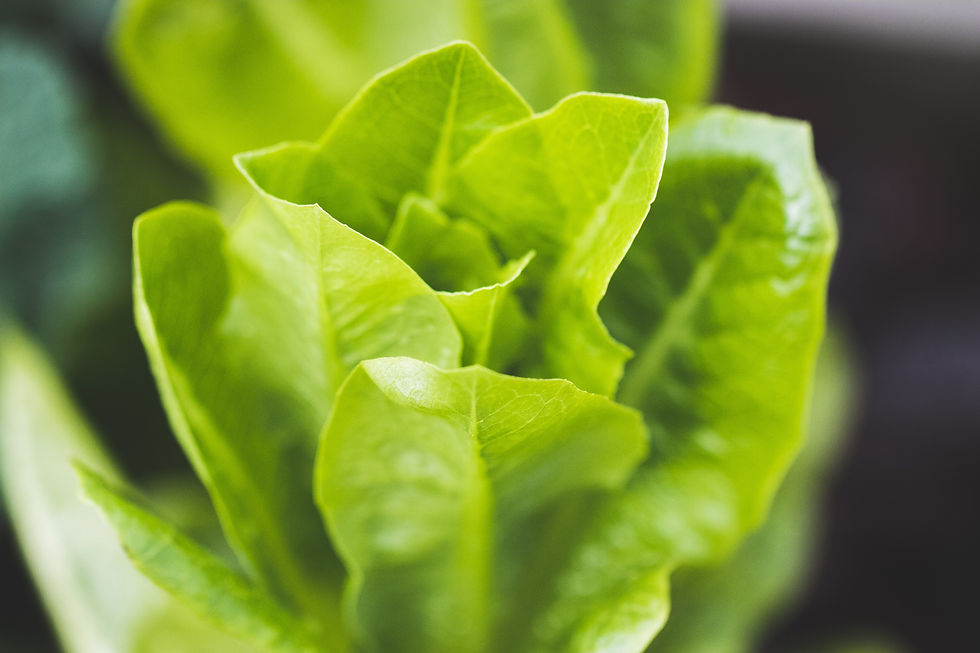Are you looking for a way to maximize your garden's potential? Companion planting may be the solution for you! Companion planting is the practice of planting different crops together to enhance growth and improve yields. By planting certain crops next to each other, you can create a more productive and healthy garden. We'll explore some of the best companion planting combinations for maximum garden success.

Tomatoes and Basil
Tomatoes and basil are a classic example of companion planting. Basil can improve the flavor of tomatoes, while also repelling harmful insects like tomato hornworms. Planting basil near your tomato plants can also help to attract beneficial insects like bees and butterflies. Plus, both tomatoes and basil are easy to grow and make a delicious addition to any garden.
Carrots and Onions
Carrots and onions are another great companion planting combination. Onions can help to deter pests like carrot flies, while also improving the flavor of carrots. Additionally, carrots and onions have similar soil and water requirements, making them an easy combination to plant together. Consider interplanting rows of carrots and onions for a beautiful and functional garden bed.

Beans and Corn
Beans and corn are a classic example of a Native American "Three Sisters" garden. Corn provides a structure for the beans to climb, while the beans fix nitrogen in the soil, improving the overall health of the garden bed. Plus, beans and corn are both easy to grow and make a nutritious addition to your garden.
Cucumbers and Nasturtiums
Cucumbers and nasturtiums are another great companion planting combination. Nasturtiums can help to repel harmful insects like cucumber beetles, while also adding a beautiful pop of color to your garden bed. Plus, nasturtiums are edible and make a delicious addition to salads and other dishes.

Peppers and Marigolds
Peppers and marigolds are a great combination for repelling harmful insects like aphids and nematodes. Marigolds are easy to grow and make a beautiful addition to any garden bed. Plus, both peppers and marigolds thrive in similar soil and light conditions, making them an easy combination to plant together.
Squash and Borage
Squash and borage are another great companion planting combination. Borage can help to repel harmful insects like squash bugs, while also improving the overall health of the garden bed. Plus, both squash and borage are easy to grow and make a delicious addition to any garden.

Radishes and Spinach
Radishes and spinach are a great combination for a cool-season garden bed. Radishes can help to loosen the soil and improve drainage, while spinach provides a nutritious and tasty addition to your garden. Plus, both radishes and spinach are easy to grow and make a great addition to salads and other dishes.
Eggplant and Thyme
Eggplant and thyme are a great combination for repelling harmful insects like flea beetles. Thyme is also easy to grow and makes a delicious addition to many dishes. Plus, both eggplant and thyme thrive in similar soil and light conditions, making them an easy combination to plant together.

Lettuce and Chives
Lettuce and chives are a great combination for a salad garden bed. Chives can help to repel harmful insects like aphids, while also adding a delicious onion-like flavor to your salads. Plus, both lettuce and chives are easy to grow and make a great addition to any garden.
Spinach and Strawberries
Spinach and strawberries are a great combination for a spring garden bed. Strawberries can help to suppress weed growth and improve soil health, while spinach provides a nutritious and tasty addition to your garden. Plus, both spinach and strawberries are easy to grow and make a great addition to salads and other dishes.

Broccoli and Beets
Broccoli and beets are a great combination for a fall garden bed. Beets can help to improve soil health, while broccoli provides a nutritious and tasty addition to your garden. Plus, both broccoli and beets are easy to grow and make a great addition to salads and other dishes.
Peas and Mint
Peas and mint are a great combination for a spring garden bed. Mint can help to repel harmful insects like aphids, while also adding a refreshing flavor to your salads and other dishes. Plus, both peas and mint are easy to grow and make a great addition to soups, stews, and other recipes.

Potatoes and Nasturtiums
Potatoes and nasturtiums are a great combination for a summer garden bed. Nasturtiums can help to repel harmful insects like potato beetles, while also adding a beautiful pop of color to your garden bed. Plus, both potatoes and nasturtiums are easy to grow and make a great addition to many dishes.
Zucchini and Radishes
Zucchini and radishes are a great combination for a summer garden bed. Radishes can help to loosen the soil and improve drainage, while zucchini provides a nutritious and tasty addition to your garden. Plus, both zucchini and radishes are easy to grow and make a great addition to salads and other dishes.
Companion planting is a simple and effective way to maximize your garden's potential. By planting certain crops together, you can improve growth, reduce pest problems, and increase yields. Consider incorporating some of these companion planting combinations into your garden this season and see the benefits for yourself! Now go grow something!
Before you go…
Looking to up your gardening game? Check out our ultimate garden planner! With a monthly calendar, moon phase chart, seed starting chart, note pages, and grow zone temperature chart, our planner is the perfect tool to help you stay organized and on track with all your gardening tasks throughout the year. Don't settle for a mediocre garden – get the ultimate garden planner and take your gardening to the next level!

Comentarios